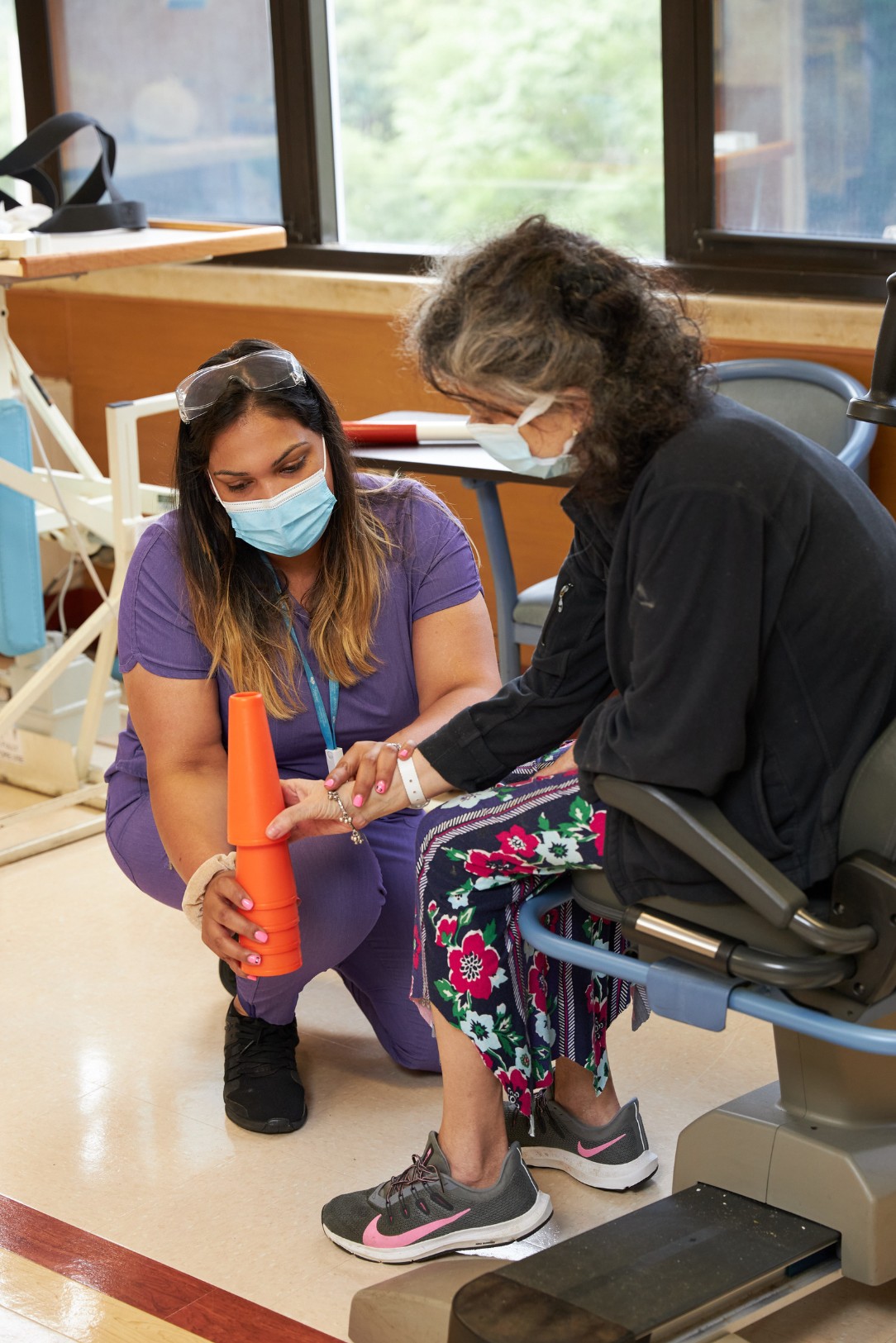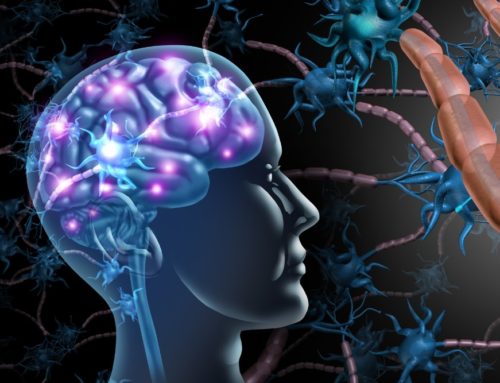What Causes Widespread Joint Pain? 5 Common Culprits
When a single joint hurts, it’s often due to a strain, injury, or localized inflammation such as arthritis, bursitis, or tendonitis affecting that specific area. However, widespread joint pain frequently indicates a more serious medical condition. Several issues could cause such discomfort, including chronic arthritis, infections, lupus, or fibromyalgia.
Regardless of the condition, treatment will help you manage the symptoms. Rehabilitation therapies, including physical or occupational therapy, are often recommended to maintain function. If the damage is too severe, you may require joint replacement and aftercare to regain strength and flexibility.
The exact cause may vary from person to person, depending on factors such as age, activity level, underlying health conditions, and even past injuries. However, some causes of joint pain are more common than others. For more information on possible joint pain causes, keep reading.

Common Causes of Widespread Joint Pain
Experts link several medical conditions to extensive joint pain. Thyroid issues, such as hypothyroidism, often include stiffness and aching joints. Lyme disease also includes pain in the neck, knees, and other large joints that worsens if untreated.
A vitamin D deficiency may cause chronic pain in joints and muscles. Even some medications induce joint discomfort or inflammation, but the following are the most common causes of such issues.
Rheumatoid Arthritis
Rheumatoid arthritis is an autoimmune disorder causing pain and swelling in the joints. Most people first notice stiffness and discomfort in one or two joints. However, the condition doesn’t stop there.
Over time, the joint pain becomes more widespread, often affecting five or more areas. It can last a few days or several weeks before the discomfort eases. Unfortunately, the reprieve isn’t permanent, returning more frequently as the condition progresses.
Osteoarthritis
Osteoarthritis occurs when the cartilage between the bones wears out, causing the bones to rub together. The damage develops slowly as joint tissue deteriorates for most people, but it can progress rapidly in others.
Some cases of osteoarthritis only affect one or two joints, though others may experience widespread joint pain. It commonly affects the neck, fingers, wrists, knees, and hips, resulting in pain, stiffness, swelling, and movement issues.
Fibromyalgia
Fibromyalgia is often confused with arthritis due to similar symptoms. However, arthritis causes joint damage, while fibromyalgia is a pain disorder. Experts believe it’s caused by genetic abnormalities that send higher-than-normal pain signals throughout the body.
The pain may spread gradually over time. It ranges from mild to severe and may include throbbing, stabbing, burning, or aching sensations. Activity levels, weather changes, stress, and sleep patterns may affect the condition.
Lupus
According to medical professionals, joint issues occur in 95% of lupus patients. For some, the condition causes arthritis, while others experience arthralgia, which is joint pain without inflammation.
While many patients experience widespread joint pain, it’s often less severe than that in other arthritis types. The discomfort and swelling occur for shorter periods and fewer days, though it may migrate from joint to joint. Some people also experience joint deformities or bone erosion, worsening the condition.
Infections and viruses
Sometimes joint pain in the whole body results from unwanted invaders. For instance, viral arthritis occurs when the body is fighting a viral infection. When the infection is gone, so is the joint swelling and discomfort.
Reactive arthritis is similar, though you contract it after recovering from a bacterial infection. Inflammation usually affects the knees and ankles, but the feet, buttocks, and lower back could also experience pain.
Resources:
- NIDDK, Hypothyroidism (Underactive Thyroid)
https://www.niddk.nih.gov/health-information/endocrine-diseases/hypothyroidism - CDC, May 15. 2024, Signs and Symptoms of Untreated Lyme Disease
https://www.cdc.gov/lyme/signs-symptoms/index.html - PubMed, Aug. 18, 2018, The association between Vitamin D concentration and pain: a systematic review and meta analysis
https://pubmed.ncbi.nlm.nih.gov/29559013/ - Johns Hopkins Arthritis Center, Rheumatoid Arthritis Signs and Symptoms
https://www.hopkinsarthritis.org/arthritis-info/rheumatoid-arthritis/ra-symptoms/ - NIAMS, Osteoarthritis
https://www.niams.nih.gov/health-topics/osteoarthritis - Arthritis Foundation, Fibromyalgia
https://www.arthritis.org/diseases/fibromyalgia - HSS, Joint Pain in People with Lupus: Is It Really Arthritis?
https://www.hss.edu/health-library/conditions-and-treatments/lupus-joint-pain-really-arthritis - Cleveland Clinic, Viral Arthritis
https://my.clevelandclinic.org/health/diseases/23979-viral-arthritis - NIAMS, Reactive Arthritis
https://www.niams.nih.gov/health-topics/reactive-arthritis
This article contains informational and educational materials and does not replace health or medical advice. For questions or concerns regarding your medical condition or health objectives, speak to a qualified physician or healthcare provider.






Leave A Comment